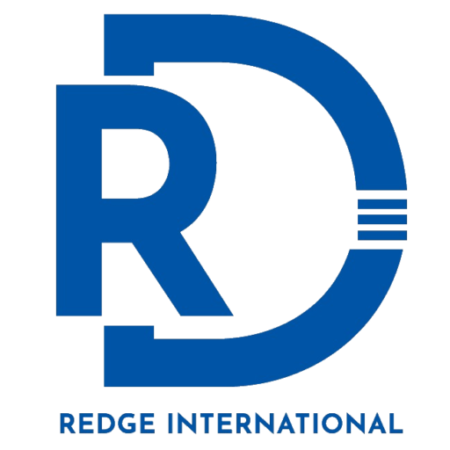The next big step after receiving admission to your dream university is to think about funding your studies. If you’re considering an educational loan, and have limited knowledge about education loan terms, there are important terms you must know before you begin the search for an international study loan lender. Skipping this step could cost you thousands of dollars and lock you into a long-term loan that doesn’t work for you.
Let’s dive straight into understanding the 11 crucial education loan terms that are of utmost importance to you as a study abroad aspirant:
1. Collateral: Collateral in an education loan refers to a physical asset demanded by the lender as security to obtain a loan amount. If you fail to make your loan repayments, the collateral can be seized. Requirements for collateral may vary by country. For example, in India, it’s typically requested, and its value may exceed the loan amount. In contrast, education loans in the US and UK usually don’t require collateral. International lenders like Prodigy Finance also offer non-collateral education loans.
2. Cosigner: A cosigner is someone who signs your loan with you, making them responsible for loan repayments if you default. While in some countries like India, they are sometimes referred to as co-borrowers, the term means something different in countries like the US and UK. Having a cosigner often leads to lower interest rates, as it provides the lender with a means to recoup their money in case of default.
3. Early Repayment Penalties: Early repayment penalties are charges or fees you must pay if you choose to repay your loan ahead of schedule. These penalties allow lenders to recoup some of the expected interest earnings. While not all banks impose early repayment penalties internationally, it’s essential to be aware of these charges.
4. Fees: Education loans come with various fees, such as currency conversion fees, insurance, and processing/administration fees. Fee transparency varies among lenders, and it’s crucial to understand what you’re being charged and when. The timing and method of fee application can differ widely.
5. Moratorium Period: The moratorium period in an education loan is a time when you aren’t required to make loan payments, though interest may still accumulate during this period. Understanding the terms of your moratorium period and how interest applies can help you make informed decisions. In most cases, moratorium periods last up to six months after course completion for full-time students. In some countries like the US and Canada, it is known as a grace period.
6. Loan Confirmation Letter or Sanction Letter: A loan confirmation letter is a document from your lender that shows the amount you’re borrowing. It’s essential to prove your financial capability to your university and immigration officials to secure your spot and study visa. Some lenders may charge a fee for issuing this letter.
7. Loan Tenure or Repayment Cycle: Loan tenure or repayment cycle is the total length of time you have to repay your loan, starting at the end of your grace period and ending with your final payment. Longer loan tenures generally come with lower interest rates but result in higher overall payments, and the opposite is true for shorter tenures. Loan tenure options can vary between seven and twenty years.
8. Margin Money: Margin money is a portion of the total loan amount that some lenders require borrowers to pay upfront. This amount is not covered by the loan and is paid to the bank. Margin money is more common in countries like India and is rare in countries like the US and UK.
9. Monthly Payments or EMI: Monthly payments, also known as Estimated Monthly Installments (EMI), refer to the amount you’ll pay each month after your grace period ends. The EMI amount varies for each borrower based on the loan amount and tenure. With a variable interest rate, the actual monthly payment will fluctuate.
10. Variable Interest Rates: Variable interest rates change alongside market fluctuations rather than remaining fixed throughout your loan tenure. When dealing with variable interest rates, your minimum monthly payment will adjust according to the changing interest rates.
11. Annual Percentage Rate (APR): The Annual Percentage Rate (APR) is expressed as a percentage and includes your interest rate as well as all the associated fees and costs of your loan. It provides a more accurate representation of the loan’s true cost compared to interest rates alone. APR is used to account for the impact of fees on the loan cost, making it a more comprehensive metric.
With a keyboard as his wand and data as his magic potion, Mwangi Njoroge is the sorcerer behind the screens. When he’s not deciphering the secrets of the digital realm, you can find him conjuring up social media spells to captivate the online audience.
In his daily quest, Mwangi oversees content creation like a content wizard, analyses data like a data wizard, turning chaos into charts and transforming raw data into strategic wisdom while managing digital campaigns like a true marketing magician.




